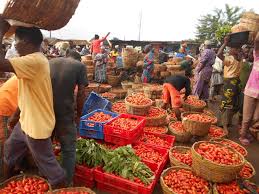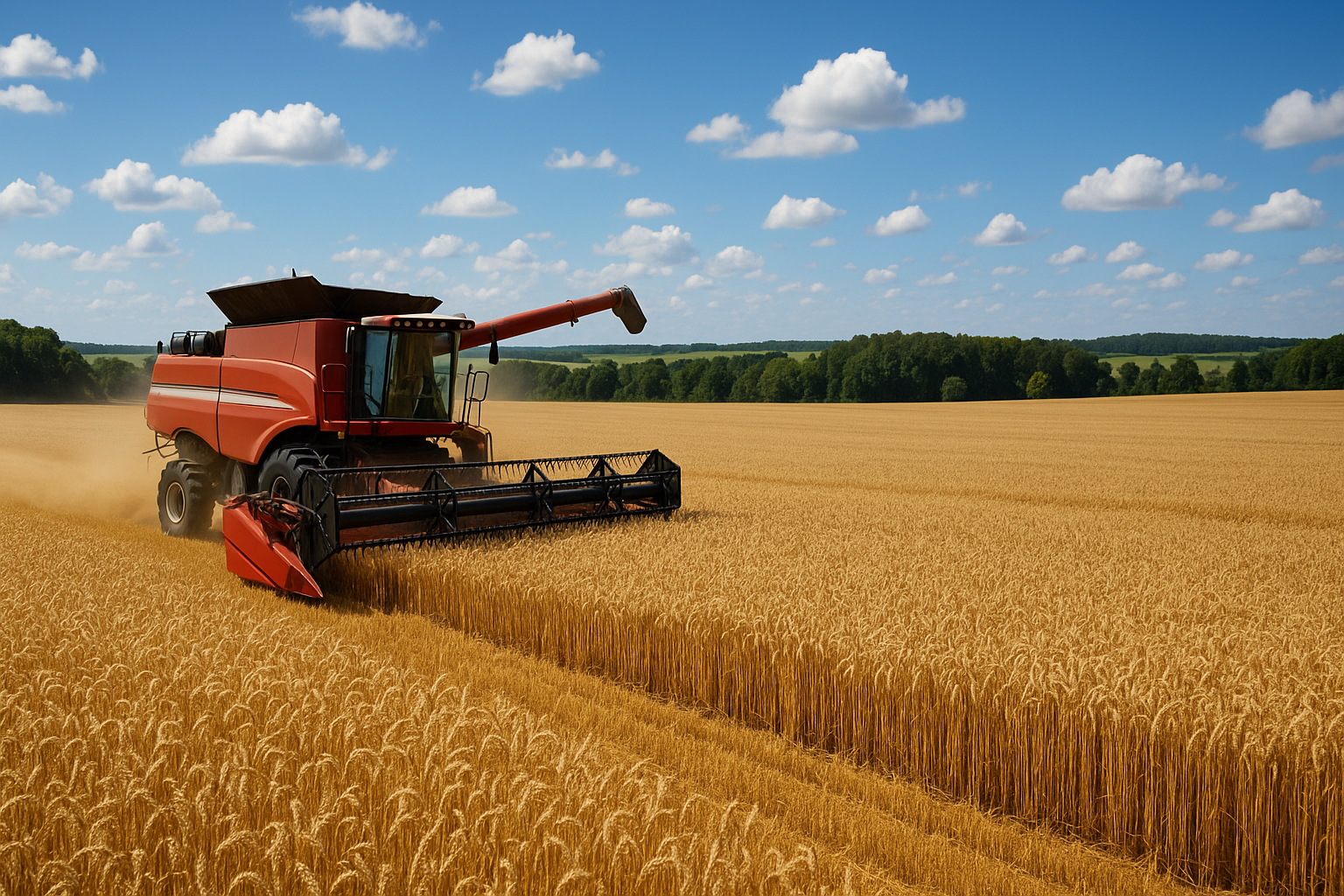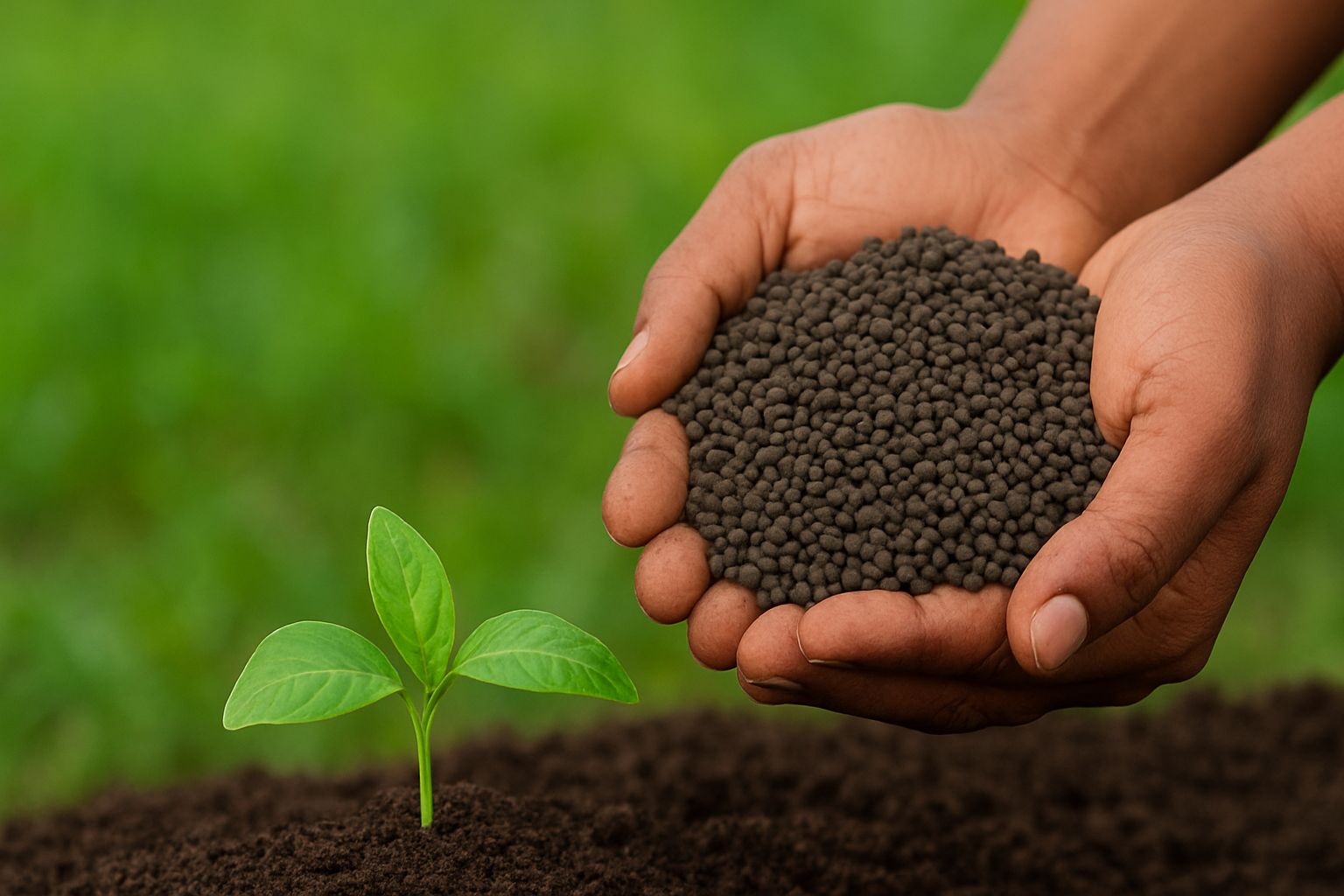Across Africa, millions of tons of crops are harvested every year — but a significant percentage never reaches consumers in its best form. Poor handling, lack of processing, and weak packaging often limit the value farmers get for their hard work. Value addition is the solution that bridges the gap between the farm and profitable markets.
1. What Is Value Addition?
Value addition means transforming raw farm produce into products that meet consumer preferences. For example, ginger can be sold fresh, dried, or as ginger powder. Each step increases its market value and appeal.
2. Benefits for Farmers
By engaging in processing and packaging, farmers are no longer at the mercy of middlemen. They can set better prices and reach wider markets, both locally and internationally. A kilogram of raw turmeric may fetch a modest price, but when processed into turmeric powder with proper packaging, its value multiplies.
3. Meeting Global Standards
International buyers demand consistency, quality, and proper packaging. Through value addition, local farmers gain access to export opportunities. Zam Modern Agricultural Nig. Ltd. plays a vital role in ensuring products are cleaned, processed, and packaged to meet these standards.
4. Reducing Post-Harvest Losses
One of the biggest challenges in agriculture is post-harvest waste. Value addition reduces spoilage by processing crops into long-lasting forms. For example, cassava processed into flour or starch can last for months.
Conclusion
Value addition is not just about increasing profits — it’s about creating sustainability. By transforming raw produce into market-ready products, farmers secure better incomes, consumers enjoy quality goods, and the agricultural economy grows stronger.




